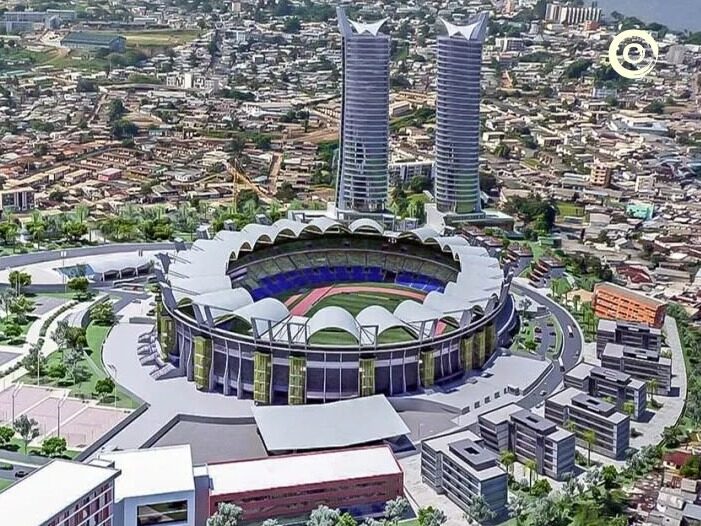- The planned line network scheme consists of 14 lines with a total length of about 205 kilometers and a period from 2022 to 2032
- The in-depth implementation of the low-volume rail transit construction project will provide strong support for Nanning to build a strong transportation city

The number of super-large cities in China has gradually expanded, and the demand for rapid rail transit has become increasingly prominent. On August 30, 2022, the Nanning Municipal Bureau of Natural Resources issued the announcement "Nanning Low-volume Rail Transit Network Planning (2022-2032)" to publicize the main content.

The content of the announcement shows that the planned line network scheme consists of 14 lines with a total length of about 205 kilometers and a period from 2022 to 2032.

The planned range of 14 low-volume rail transit networks is relatively wide. From the perspective of line distribution, all seven urban areas are involved: 4 in Qingxiu District, 1 in Liangqing District, 2 in Yongning District, and 3 in Jiangnan District. , 2 in Xixiangtang District, 1 in Xingning District, and 2 in Wuming District. Among them, the D8 line involves both Qingxiu and Xingning. After the completion of the line, it will better meet the traffic travel needs inside and outside the region and bring convenience to the citizens.

Network planning diagram
It is reported that the low-volume rail transit system is between conventional bus and medium-volume rail, mainly for urban short-distance travel and regional travel services such as airports and industrial parks. The length of the line is generally controlled at about 10 kilometers, and the peak transportation capacity is generally 3,000 to 6,000 passengers per hour. Including suspended monorail system, APM system and PRT system.
At present, many cities across the country are successively implementing low-volume rail transit. Chengdu, Chongqing, Hefei, Xi'an, Shiyan, etc. have all released relevant construction plans. The transportation volume also has the advantages of high participation and lower cost, and the plan is more flexible. Editor / Xu Shengpeng
Comment
 Praise
Praise
 Collect
Collect
 Comment
Comment
 Search
Search














Write something~